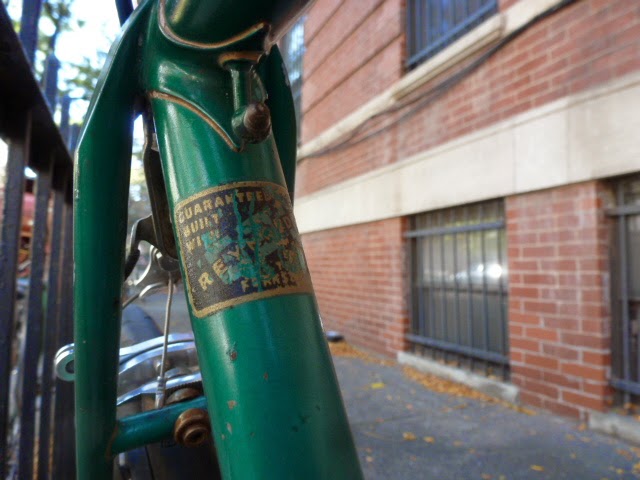Today I am going to do something you probably hoped I wouldn't do: Talk about an event you've surely heard about. To do that, I will invoke the Howard Cossell rule.
The event in question is, of course, the death of Queen Elizabeth II. It was reported yesterday but, according to some rumors, she had already passed when her illness was reported and the news was withheld because of the transfer of the Prime Minister's office from Boris Johnson to Liz Truss. (I never could get away with giving a name like that to a character in a novel!) While I don't normally truck in conspiracy theories, I think there may be something to that one--or the ones about Lady Diana's death.
Anyway, what does "the end of an era" mean, exactly?
Well, I have to say there is something to be said for someone who stays in the same job for 70 years. Never mind that she didn't have to post her resume on Linkedin or subject herself to a committee interview on Zoom (or much of anything)—or that she got her job because of, shall we say, her connections. (A wise guy— I mean, a sage—once said, “Nepotism? Keep it in the family!”) Even if I live as long as bicycles have existed and work until the end, I won't achieve such a milestone.
 |
| Then-Princess Elizabeth (r) with her sister Margaret, circa 1945. |
And it's true that she met, probably, hundreds of world leaders. It's fair to ask, though, how much influence she actually had on them. On the other hand, it's also fair to ask how much influence she had on the ways the world changed during her reign. Britain entered and left the European Union and lost colonies during that time. But she can't be blamed or credited for those events if for no other reason than, as I believe George Bernard Shaw quipped, the sun never sets on the British Empire because it never rose over it in the first place.
Some might argue that the reason why she's so important is simply that she's been the Queen through all of my life and those of most people living today. In fact, on the occasion of another anniversary of Elizabeth ascending to the throne, my mother told me that her coronation was one of the first things she and her family watched on their then-new television set.
Her longevity might be, paradoxically, the reason why I never thought much about her. Of course, being American and therefore never having been one of her subjects, I have an excuse. Still, because I speak English, have a British relative, studied English Literature (yes, with a capital L) as an undergraduate, ride bicycles from one of the last traditional British builders (Mercian), and count among one of my most loyal readers an English woman who lives in Scotland, one might expect that I'd think more about the Queen.
Oh, and one of my favorite bands has long been Queen and I live in, yes, Queens.
So will--or should--I mourn the death of Queen Elizabeth II? The answer to both is "yes," if only for two reasons: King Charles and Queen Camilla.
King. Fucking. Charles. Queen. Fucking. Camilla.
Well, it's not as bad as having Trump for President, I guess.

















BRtsKi7Ut!~~60_57.jpg)


















